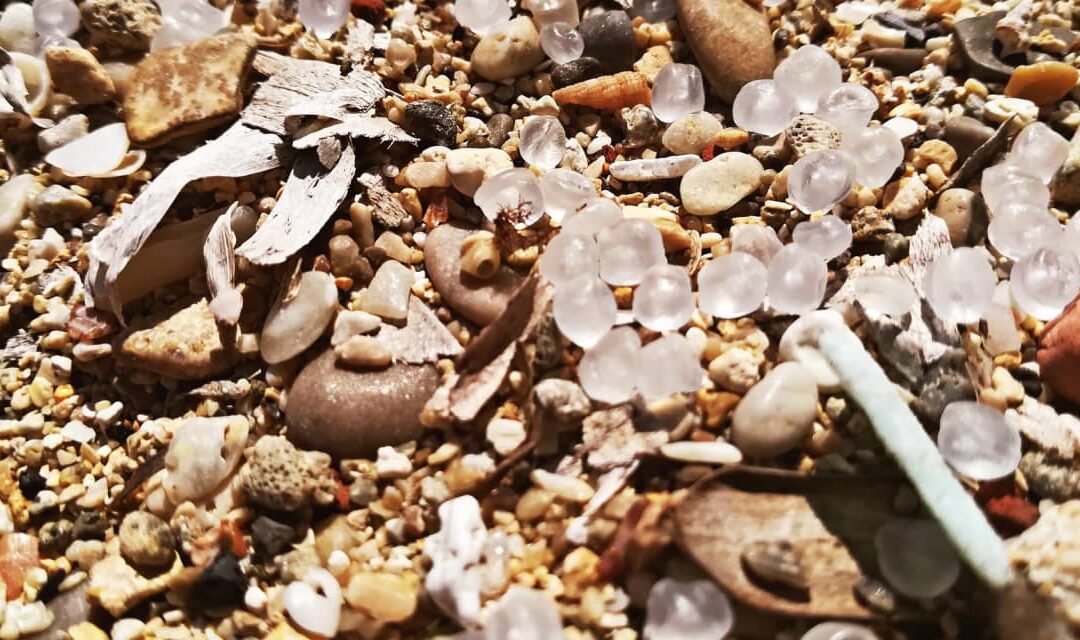Parts of Spain’s northern coastlines have been inundated by a sea of tiny plastic pellets and hundreds of volunteers have been using sifters to try and get them off the beaches and out of the seas.
Nurdles, as they are referred to, are a lentil-sized plastic pellet used as a building block to nearly all plastics. According to Scotland-based environmental charity, Fidra, 445,970 tons of nurdles reach the environment annually, making them the second biggest primary microplastic source in the world.
The pellets reportedly began showing up in Spain around Dec. 13. Liberian registered charter vessel Toconao lost six containers belonging to the the Danish shipping company A.P. Moeller-Maersk
MAERSK.B,
in deep sea some 50 miles off the Galician coast of Spain on Dec. 8, explained Rainer Horn, senior press officer at the Danish shipping giant, in an emailed statement.
Horn said both Spanish and Portuguese coast guards were immediately notified and “none of the six containers contained dangerous goods,” though one was loaded with bags of the plastic pellets. He said the owner of the vessel has appointed clean up specialists, with that effort underway already.
“Crew, vessel and cargo as well as environmental safety are of highest importance, and we will follow up with a thorough investigation and take necessary steps to minimize the risk of similar incidents occurring in the future,” said Horn, who added the cause of the container loss remained under investigation.
The containers were reportedly lost about 50 miles west of Viana de Castelo, northern Portugal, and one held 26,000 kilograms of nurdles, according to media reports. According to Greenpeace Spain and others, the pellets are now making their way to the Asturian coastline.
In a post on X, Spain’s PACMA, or Animalist Party With the Environment, on Tuesday asked Galicia’s government to activate a level 2 emergency to stop the pollution, as it also thanked the hundreds of volunteers that have taken to Galicia’s beaches with sifters to try and remove the tiny pellets.
Galician officials on X said initial tests conducted on the pellets found that they were made of a common plastic, polyethylene, which wasn’t “dangerous” and that they had deployed 200 persons to work with municipalities in removing the pellets. Galicia’s government has also been reportedly unhappy with central Spanish government, saying it wasn’t informed fast enough of the disaster.
The biggest single nurdle event seen was in 2021, according to Fidra. That’s when 1,680 tonnes of the plastic substance was released off the coast of Sri Lanka by the MV X-Press Pearl, devastating wildlife and communities.
On Instagram, a young Galician jewelry maker Maria Candamo posted videos and images showing the pellets on the beaches:
Other users showed volunteers armed with buckets and sifters trying to pick up the tiny pellets:









